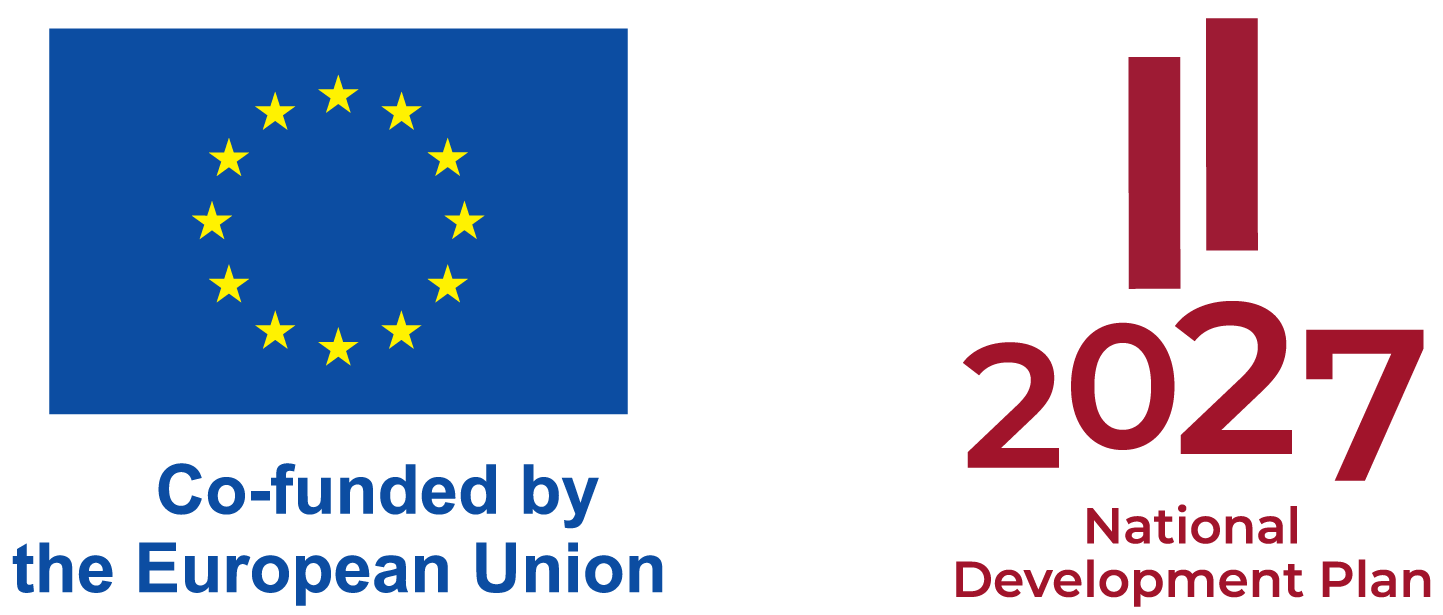Treatment of septic and chronic wound
Currently, there are no reliable conservative methods of treating trophic ulcers. A core component of trophic ulcer treatment is to eliminate the cause of the disorder, as a rule, by means of surgery. However, the removal of the cause is not possible in all cases. Consequently, such treatment becomes the main one as it aims if not at full healing of the ulcers but at slowing down the progression, reducing the size of ulcers and their decontamination.
Biological tissue regeneration stimulation method developed by our company, when used together with the ablation and ulcer sanation, improves trophism in soft tissues surrounding the ulcer, which – even without removing the cause – leads to a decrease in the size of ulcers and up to the complete defect closure.
The treatment of purulent wounds is also difficult due to resistance of the wound microflora to most antibiotics. Ablative necrectomy and laser debridement allows to completely clean the wound surface of microflora. Subsequent regeneration stimulation using the RecoSMA™ method makes it possible to reduce the period of wound healing and purify the wound, and also stimulates granulation, which allows for placing secondary sutures.
-
Related products:
MULTILINE™
Er:YAG Laser Head (2936nm)
SMA module
Feature Highlights
Er:YAG laser debridement
- No procedural pain
- 100% wound sanitation
- Excellent visual control of the removed tissue
- No thermal damage
Recovery treatment
- Does not require anaesthesia
- Gradual functional tissue repair
- Relieves chronic wound pain
- Short downtime

